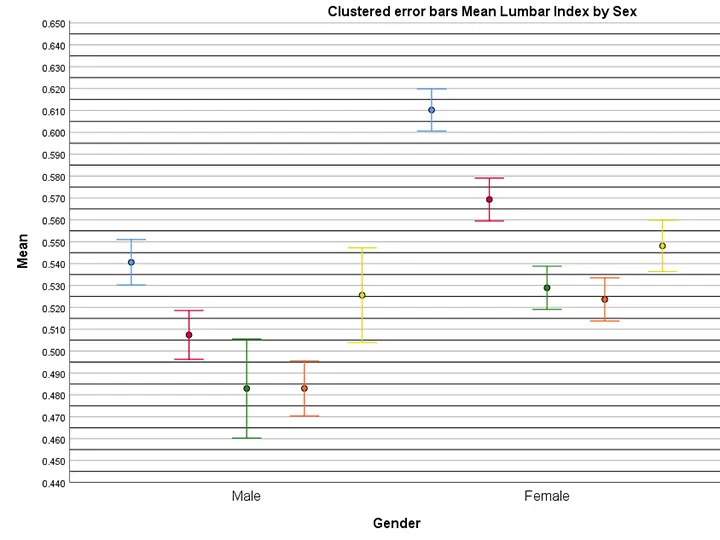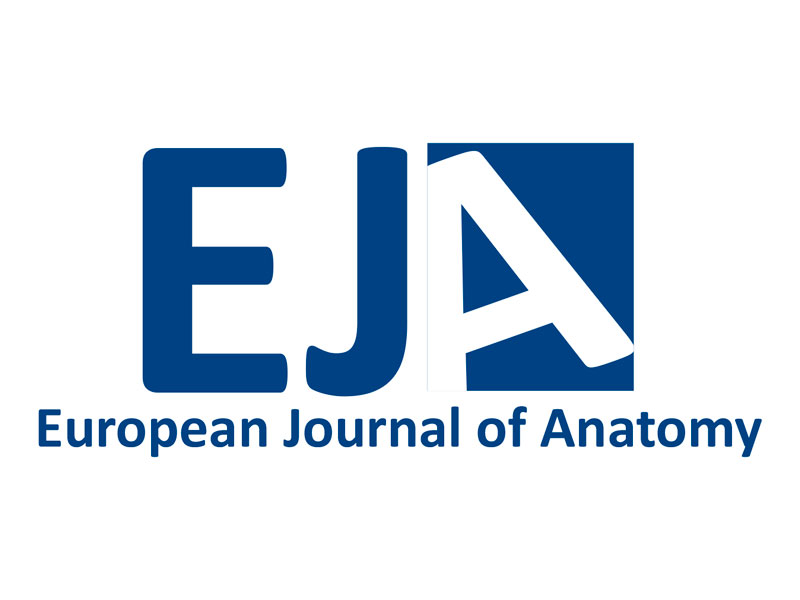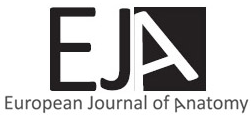Coronary artery (CA) disorders are among the major causes of morbidity and mortality in humans. We attempt to explain CA anatomy and its variations in a simple, concise, and understandable way to help clinicians deal with the various disorders. There are two main arteries: right coronary artery (RCA) and left CA. The left bifurcates into two terminal branches: left anterior descending artery (LAD) and left circumflex artery (LCX). The commonest anatomical variant is trifurcation of left main coronary artery (LMCA) with presence of ramus intermedius artery (RIM), abnormal origin of LCX from RCA or right sinus of Valsalva, abnormal CA origin from unusual aortic sinus in-between aorta and pulmonary trunk, myocardial bridging, CA fistula and aneurysm. The RCA may arise abnormally from the left sinus of Valsalva rather than the usual origin from the right sinus. Furthermore, most cases of abnormal CA fistulas affect the RCA where the artery opens into the right heart chambers, pulmonary trunk, or coronary sinus. Although their incidence is relatively rare, coronary abnormalities are of critical importance in medical practice. Identification of normal and abnormal anatomy of CA is essential because not knowing one of the differences can lead to loss of a person’s life.
A systematic review on normal and abnormal anatomy of coronary arteries
Mustafa A. Hegazy1, Kamal S. Mansour1, Ahmed M. Alzyat1, Mohammad A. Mohammad1, Abdelmonem A. Hegazy2,3
1 Cardiology Department, Faculty of Medicine, Zagazig University, Zagazig City 44519, Egypt
2 College of Biotechnology, Misr University for Science and Technology (MUST), 6th October City 12566, Egypt
3 Anatomy and Embryology Department, Faculty of Medicine, Zagazig University, Zagazig City 44519, Egypt
SUMMARY
Eur. J. Anat.
, 26
(3):
355-
368
(2022)
ISSN 2340-311X (Online)
Sign up or Login
Related articles
Review
Review



